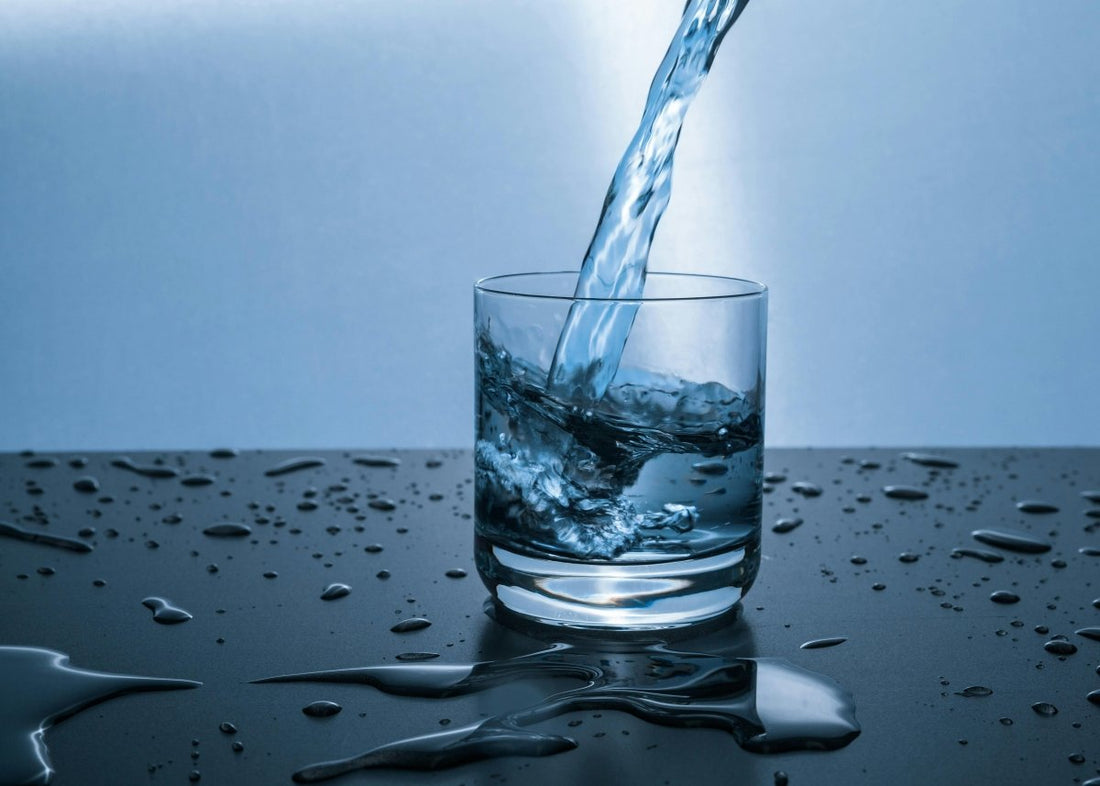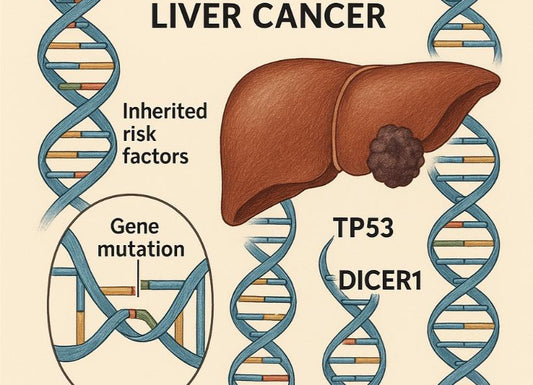How to Tell If You're Dehydrated? Signs, Symptoms & Tests
 Written By
Yusela Aquino
Written By
Yusela Aquino

What’s a reliable way to perform a dehydration test? Dehydration can often be detected in many ways, including urine color, fatigue, or lower blood pressure. While going by urine color has become synonymous with checking for dehydration, it doesn’t always yield reliable results. For that, you would need to schedule a blood panel and urinalysis with your doctor. However, another at-home way to test for dehydration is called the skin turgor test, whereby a fold of skin is pinched to check how quickly it snaps back. For more on the signs, symptoms, and tests for dehydration, we invite you to read on.
Dehydration – Clinical Definition

A lot of urban knowledge and vague advice exist surrounding the topic of dehydration and measures for preventing or treating it. From a more clinical and formal standpoint, however, dehydration is a condition characterized by a deficit of water content in the body. This can be caused either by inadequate fluid intake, excessive loss of fluid (e.g., due to sweating or frequently urinating), or a combination of the two.
Like many conditions, when unattended, dehydration can quickly progress from a mild to moderate stage. Mild dehydration occurs when the body loses between 3 and 5% of its total water content. Moderate dehydration, often accompanied by more than just thirst or a dry mouth, can occur with around 10% of water loss. Severe dehydration is less common, especially with regular and adequate fluid intake. It occurs when the loss of water exceeds 15%, and in many cases, it requires medical attention, including an intravenous supply of fluids.
Common Signs and Symptoms of Dehydration
Dehydration can manifest through an array of different physiological symptoms. Some are mild and can be remedied easily, though some of them, in particular those brought on by severe dehydration, could pose a serious danger to the person’s health.
Some of the most recognizable symptoms of dehydration include:
- Dry mouth
- Increased thirst
- Dark-colored urine
- Decreased urine output
- Fatigue
- Dizziness or lightheadedness, especially when changing positions
- Dry skin with reduced turgor
- Low blood pressure
- Headache
Under the stress of severe dehydration, the body will begin to struggle to maintain normal function. In such cases, some of these symptoms may appear as well:
- Rapid heartbeat (tachycardia)
- Irritability, drowsiness, confusion
- Rapid breathing
- Extreme thirst
- Loss of consciousness
- Sunken eyes
- Lack of sweating
See Related: Abnormal Urine pH: What Could It Mean?
How to Test for Dehydration

There are numerous ways to check if the body is dehydrated, even before any of the symptoms listed above begin to set in. Let’s discuss these dehydration tests now.
Urine Color
By far, the most common and easiest way to check if an individual’s fluid content is insufficient is to look at the color of their urine. When the body is properly hydrated, excreted urine should be clear with a very slightly yellow hue. Yellow or amber-colored urine could be a sign of mild dehydration, and the darker it gets, the more fluid the person needs to replace.
Skin Turgor Test
When the body is well-hydrated, the skin promptly returns to its normal position after being pinched and released. By contrast, in individuals with some degree of dehydration, the skin fold will linger for a while. Performing a skin turgor test like this is an easy way to ascertain approximate water levels and determine whether a person is dehydrated.
Checking Vital Signs
A less obvious dehydration test involves checking the person’s breathing or pulse. As explained above, lower fluid levels can cause the body to increase breath and heart rate, and lower blood pressure.
Mucous Membrane Dryness
Inspecting the moist tissues in and around the mouth and eyes can be another reliable way to test for dehydration. Normally, these tissues will have a pinkish hue, but when the body loses enough water, they might turn white or pale and become dry.
Laboratory Tests
Of course, no other at-home dehydration test can rival the precision and detailed nature of a round of urine laboratory tests. These offer unmatched insight into the person’s physiological condition. In the context of dehydration, laboratory tests can look into several markers potentially related to fluid levels, including:
- Serum electrolyte content
- Hematocrit
- Blood urea nitrogen
- Creatinine
- Urine specific gravity
The comprehensive results reveal everything about the individual’s hydration status and can be used to further determine any other underlying or coexistent symptoms.
The Takeaway
How do you test for dehydration, then? At-home tests like checking urine color or the skin turgor test are useful in offering clues about hydration status, but they don’t reveal the full picture. For a comprehensive assessment, laboratory tests are indispensable.
Related Resources
- What Indicates Renal Tubular Acidosis?
- Blood Sugar Monitoring in Diabetes
- What If I Have Leukocytes in Urine but No Nitrates?

Yusela is a medical student with a degree in Biology and a strong foundation in health communication. With experience in both research and clinical settings, she writes clear, evidence-informed content to help patients and caregivers better understand liver health, chronic disease, and transplant care.



